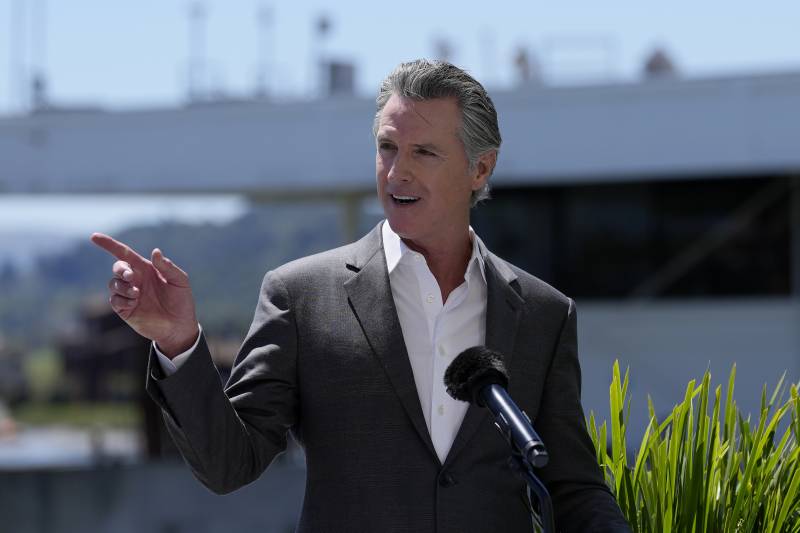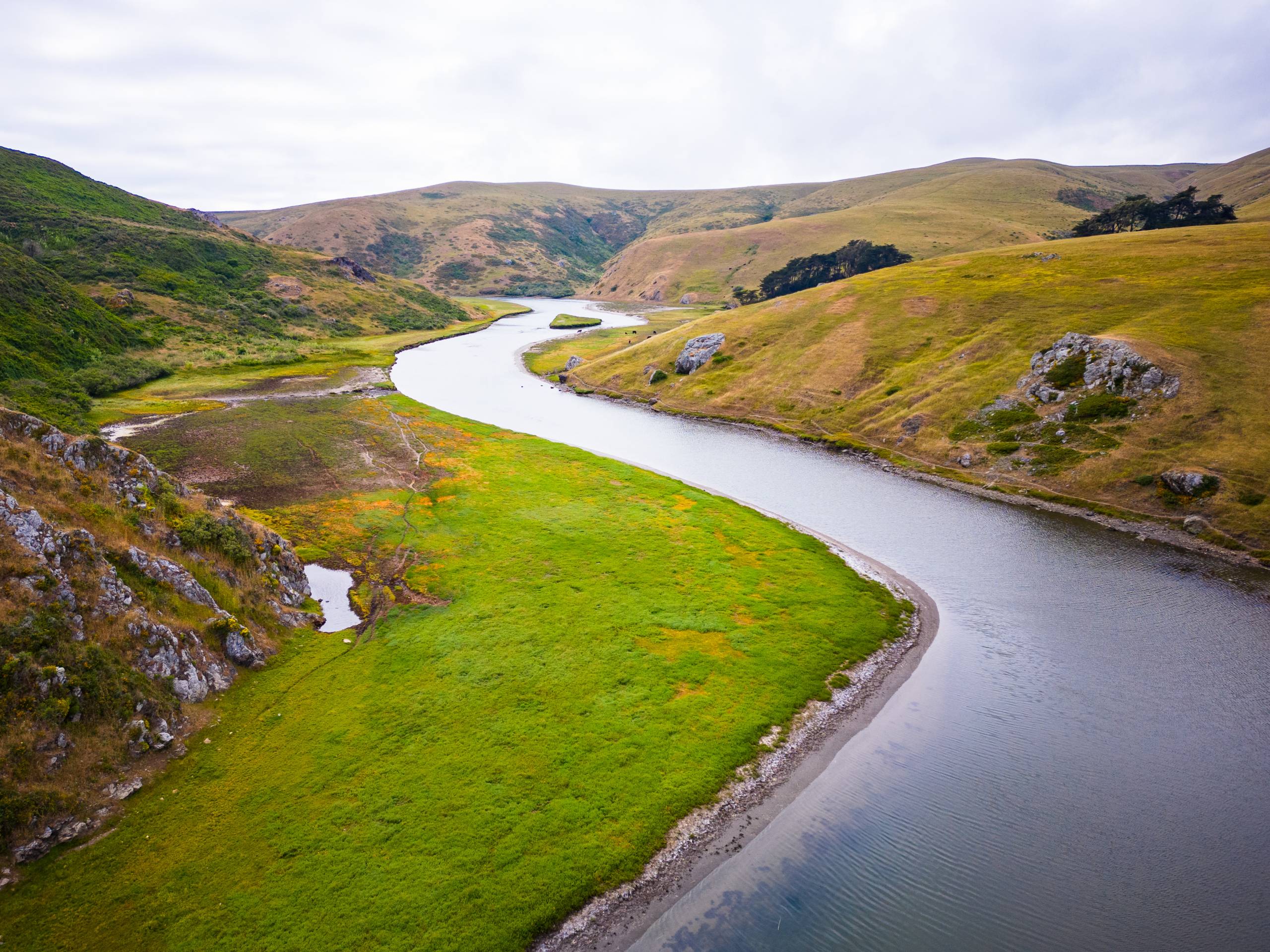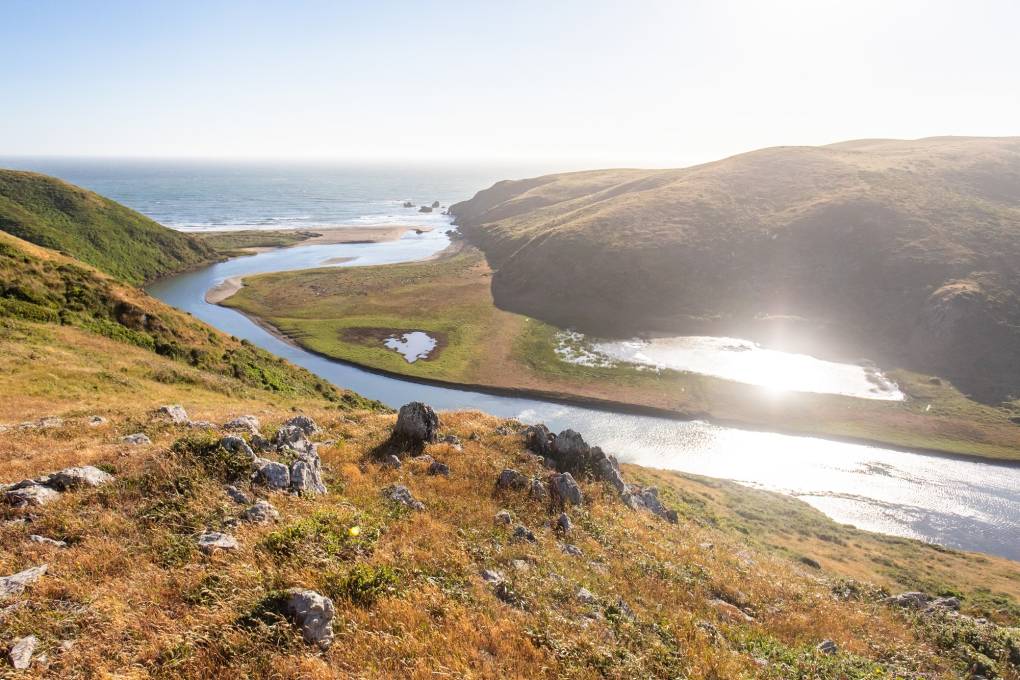California also made progress toward the goal through its first-ever ancestral land return effort, which provided $100 million in grant funding for the return of roughly 38,950 acres to Indigenous communities. Among the recent recipients were the Federated Indians of Graton Rancheria, who received funding to help reacquire 466 acres of their lands in the North Bay that were privately owned until 2023.
As community leaders globally look for ways to increase biodiversity conservation, California’s plan is paving the way for similar efforts at the national level, with states such as Nevada, South Carolina, Hawaii, Maine and New York now working toward their own 30×30 goals.
In January 2021, the Biden administration issued an executive order to tackle the climate crisis and committed the United States to 30×30 through its America the Beautiful initiative.
Earlier this year, California Secretary of Natural Resources Wade Crowfoot sat down with KQED to explain the state’s goal to transform more than half of its land acres to sequester carbon and fight climate change. This effort will help reach the 30×30 goal, Crawfoot said.
Those targets, known as nature-based solutions, include millions of acres that will be managed to reduce wildfire risk, protect water supplies and enhance biodiversity, among other outcomes.
While conservation activists have celebrated the gains as positive progress, some have responded to the state’s announcement with calls for even greater investment and action.
“Scientists worldwide agree that in order to avoid the worst impacts of climate change on people and help protect wildlife at risk of extinction, we must — at a minimum — protect 30% of our lands and coastal waters by 2030,” Juan Altamirano, director of government affairs at the Trust for Public Land, said in a statement.
“California is making progress towards 30×30, but there is much work remaining. Nearly five million acres of lands and coastal waters still must be conserved in less than six years. To meet this moment, we are calling for accelerated action, the designation of three national monuments, and the passage of Proposition 4 in November,” Altamirano said.
Proposition 4 would authorize a $10 billion bond to spend on environmental and climate projects, with the biggest chunk, $1.9 billion, for drinking water improvements.
Environmental groups and renewable energy advocates have been clamoring for increased spending on climate change and the environment in recent years, particularly after Newsom and the Legislature approved a $54.3 billion spending package called the California Climate Commitment in 2022, only to scale it back to $44.6 billion this budget-plagued year.



